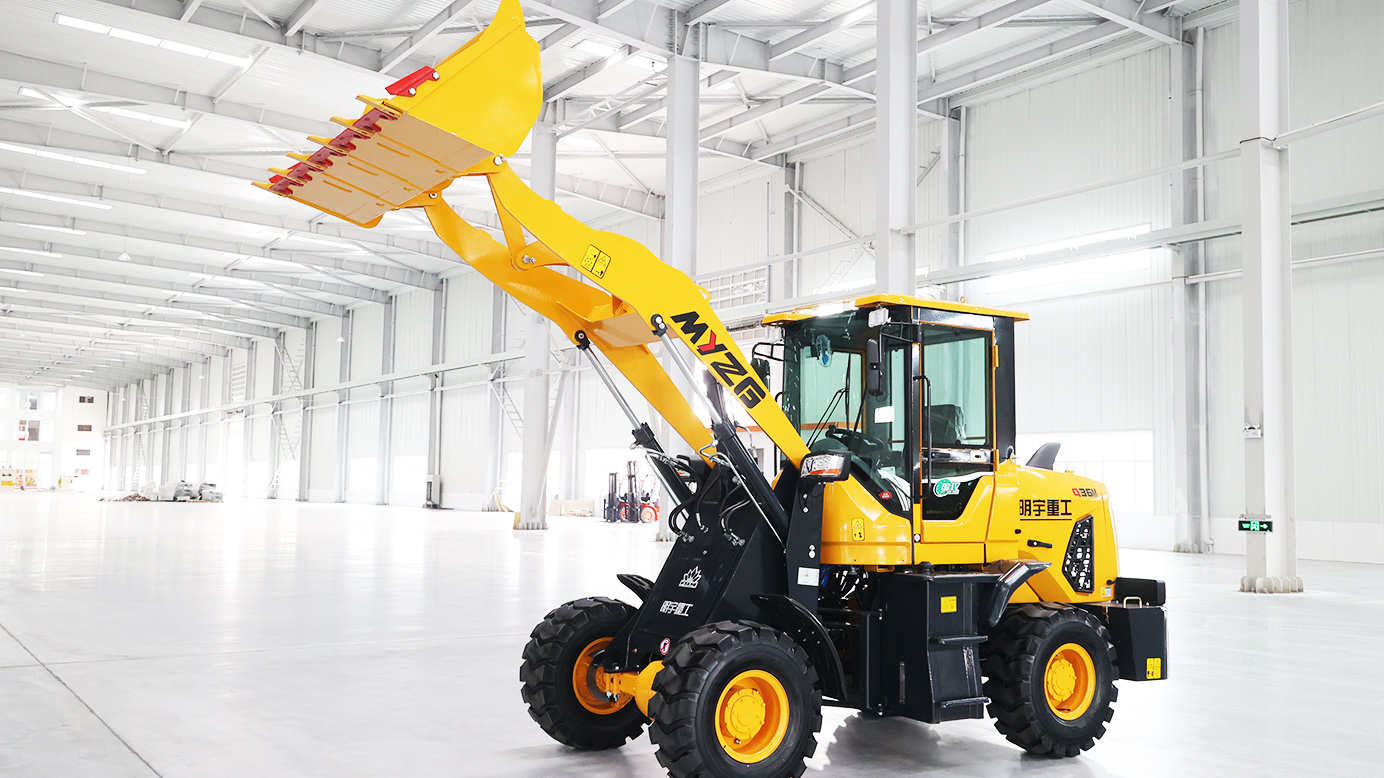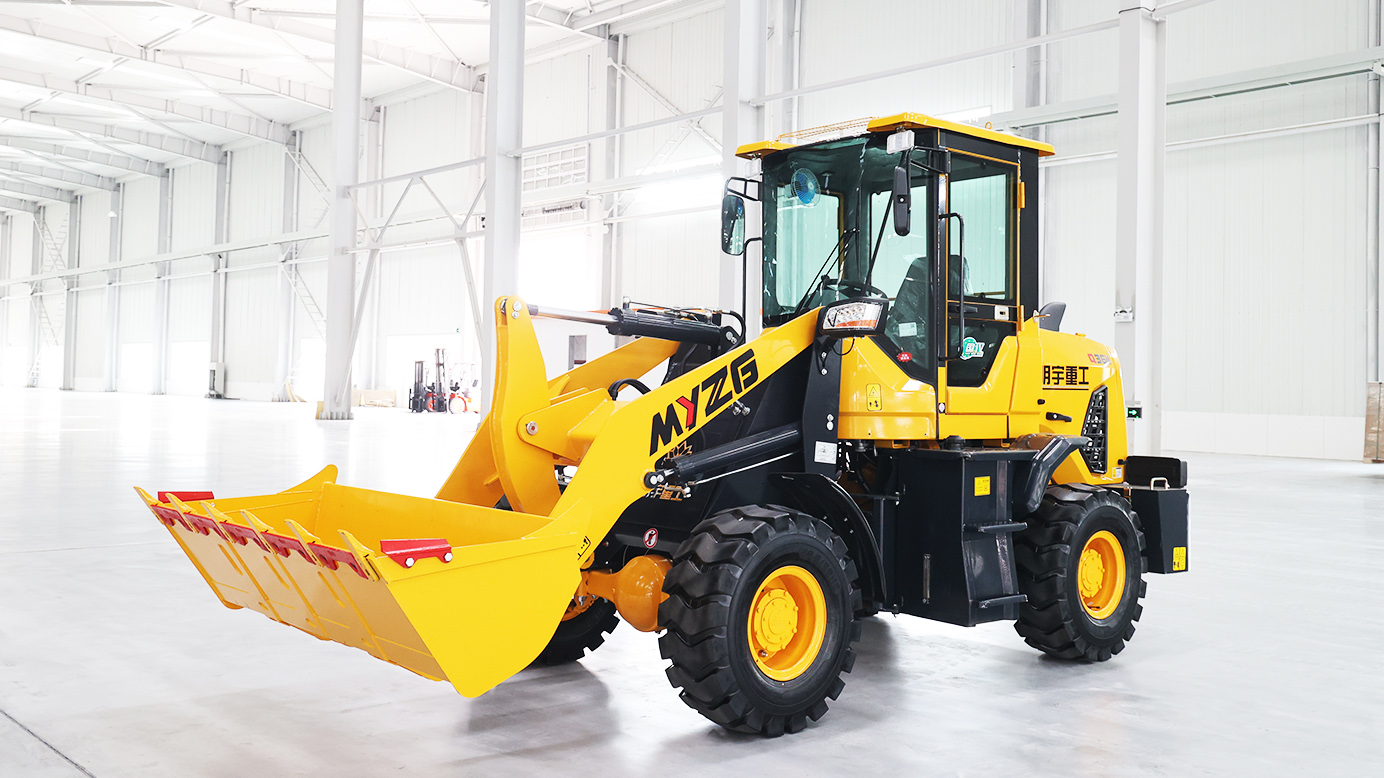I. Introduction
"Imagine a construction site where the wheel loader moves with the grace of a well-choreographed dance, each scoop of material perfectly measured, each truck loaded with precision. Now, picture the same site, but with a loader struggling, its engine straining, its bucket either overflowing or woefully underutilized. The difference? The right bucket size. According to industry statistics, improper bucket selection can reduce a wheel loader's productivity by up to 30%, leading to increased fuel consumption and higher operating costs. Wheel loaders are the workhorses of numerous industries, from construction and mining to agriculture and waste management. Their versatility hinges on their ability to handle a wide range of materials, but this versatility is only fully realized when the right bucket is attached. This article delves into the critical factors involved in choosing the optimal wheel loader bucket size, ensuring that every operation maximizes efficiency, safety, and profitability."
II. Understanding Wheel Loader Basics
Wheel loaders come in various sizes, each designed for specific applications. Compact loaders excel in tight spaces, medium loaders handle general construction tasks, and large loaders are built for heavy-duty mining and quarry work. Key specifications dictate a loader's capabilities. Operating weight reflects the machine's overall size and stability. Tipping load, measured as the maximum weight the loader can lift without tipping, is crucial for determining safe bucket capacity. Engine power dictates the loader's ability to handle heavy loads and maintain consistent cycle times. Hydraulic system capacity determines the loader's lifting and dumping speed, impacting overall productivity. Understanding these specifications is essential because they directly influence the compatibility and performance of the chosen bucket. A bucket that exceeds the loader's tipping load will create safety hazards, and a bucket that demands more hydraulic power than the system can provide will result in slower, less efficient operations.
III. The Importance of Bucket Size
The right bucket size is fundamental to maximizing productivity. A bucket that's too small requires more cycles to move the same amount of material, increasing cycle times and reducing overall efficiency. Conversely, a bucket that's too large can overload the machine, leading to slower movements and potential damage. Fuel consumption is also directly affected; an overloaded loader consumes significantly more fuel per unit of material moved. Safety is paramount. Overloading increases the risk of tipping, especially on uneven terrain, endangering operators and bystanders. The lifespan of the machine can also be shortened by continuous operation with an improperly sized bucket, leading to premature wear and tear on the hydraulic system and drivetrain. Optimizing bucket size ensures that the loader operates within its design parameters, maximizing its performance and longevity.
IV. Factors Affecting Bucket Size Selection
Material density is a primary consideration. Light materials like mulch or snow require larger buckets to maximize volume, while dense materials like rock or ore necessitate smaller, stronger buckets to avoid overloading. Job site conditions play a crucial role; confined spaces demand smaller buckets for maneuverability, while open terrain allows for larger capacities. The type of work dictates the bucket's design and size. Loading trucks requires buckets that can precisely discharge material, while stockpiling benefits from larger capacity buckets. Machine specifications, particularly tipping load and hydraulic capacity, are non-negotiable limits. Overloading beyond these limits is dangerous and counterproductive. Desired cycle times must be balanced with bucket size; larger buckets reduce cycle counts but can slow down individual cycles. Operator skill also influences bucket selection. Experienced operators can handle larger buckets more efficiently, while less experienced operators may benefit from smaller, more manageable sizes.
V. Types of Wheel Loader Buckets
General purpose buckets are versatile, suitable for a wide range of materials and tasks. Material handling buckets are optimized for specific materials, with features like high-capacity designs for light materials or reinforced edges for abrasive materials. Rock buckets are built for heavy-duty applications, featuring robust construction and hardened teeth to withstand the rigors of quarry and mining work. Light material buckets offer high volume capacity for materials like wood chips or snow, maximizing productivity in these applications. Specialty buckets, such as side dump buckets for confined spaces or grapple buckets for handling logs and debris, cater to niche applications. Quick coupler systems enhance versatility by allowing for rapid bucket changes, enabling operators to switch between different bucket types as needed.
VI. Calculating Optimal Bucket Size
Calculating the optimal bucket size involves considering material density, tipping load, and desired cycle times. Material density, usually measured in pounds per cubic yard or kilograms per cubic meter, is used to determine the appropriate bucket volume. The formula for calculating bucket capacity is: Bucket Capacity (cubic yards/meters) = Tipping Load (pounds/kilograms) / (Material Density (pounds/cubic yard or kilograms/cubic meter) x Safety Factor). Manufacturer's specifications provide crucial data on tipping load and hydraulic capacity, which should be strictly adhered to. Practical examples and case studies demonstrate how these calculations are applied in real-world scenarios. Testing and adjustments are essential; even with precise calculations, real-world conditions may require fine-tuning bucket size for optimal performance.
VII. Case Studies and Real-World Examples
In construction, a company that switched to a larger, light-material bucket for handling topsoil saw a 25% increase in productivity. In mining, a quarry that invested in rock buckets with hardened teeth reduced downtime due to bucket wear and tear. Conversely, a municipality that used oversized buckets for snow removal experienced increased fuel consumption and slower cycle times. A construction company that attempted to use a general purpose bucket for heavy rock excavation experienced premature bucket failure and damage to the loader's hydraulic system. These examples highlight the importance of matching bucket size and type to the specific application.
VIII. Tips for Making the Right Choice
Consulting with experienced equipment dealers and experts is crucial. They can provide valuable insights into bucket selection based on specific applications and machine specifications. Considering future project needs ensures that the chosen bucket remains relevant as the operation evolves. Renting equipment for testing before purchasing allows for real-world evaluation of bucket performance, minimizing the risk of costly mistakes.
IX. Conclusion
Choosing the right wheel loader bucket size is a critical decision that impacts productivity, safety, and profitability. By carefully considering material density, job site conditions, machine specifications, and the type of work being performed, operators can optimize their operations. An informed decision, backed by expert advice and real-world testing, ensures that the wheel loader operates at its full potential, maximizing efficiency and minimizing costs.
Post time:Mar.28.2025



